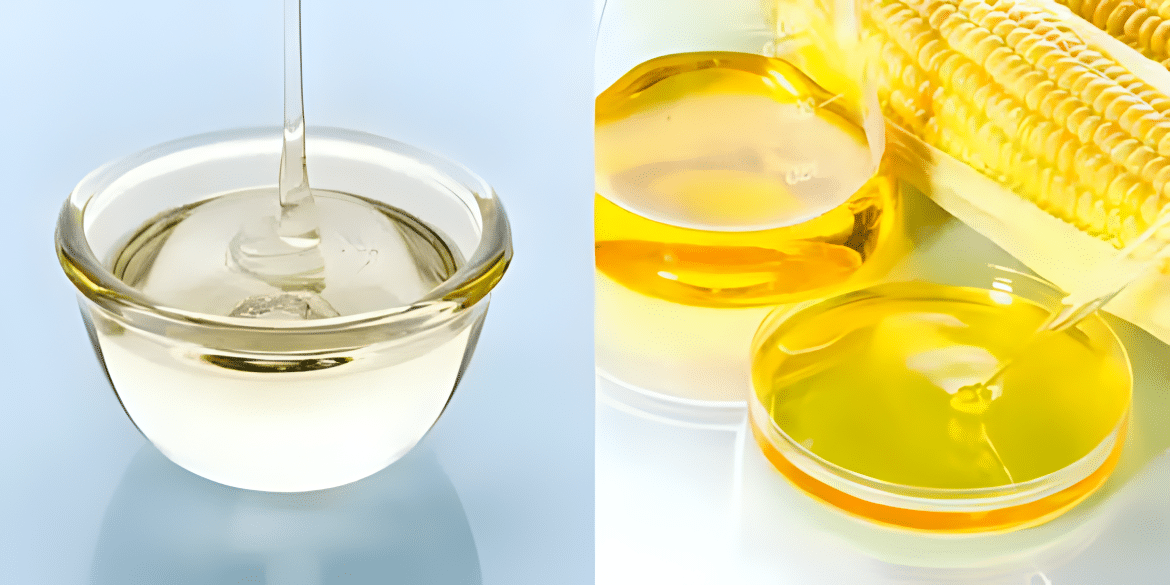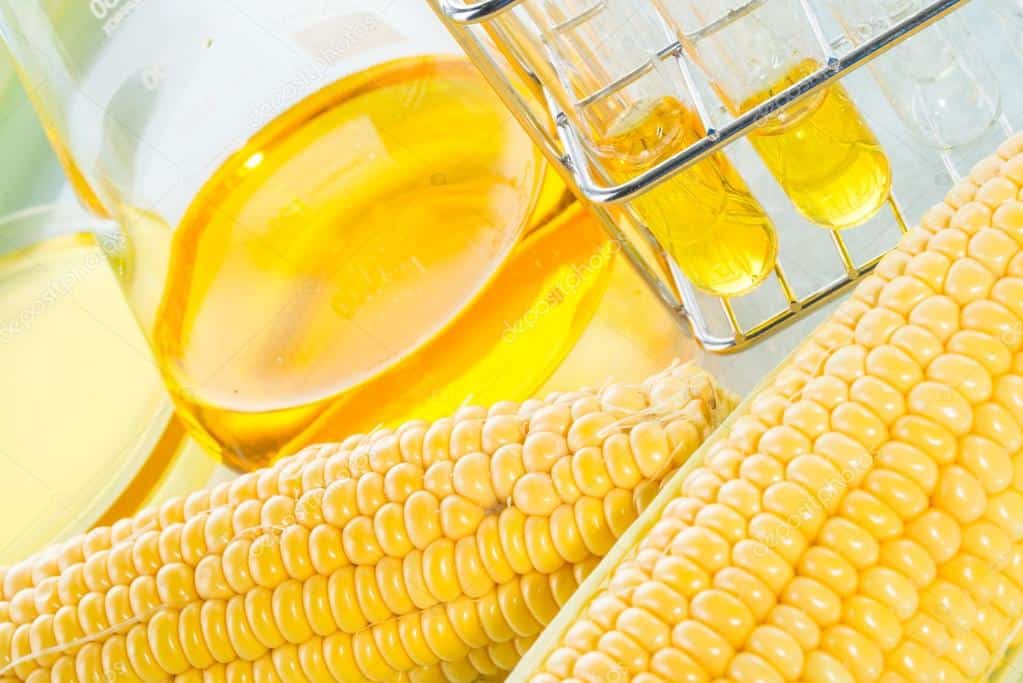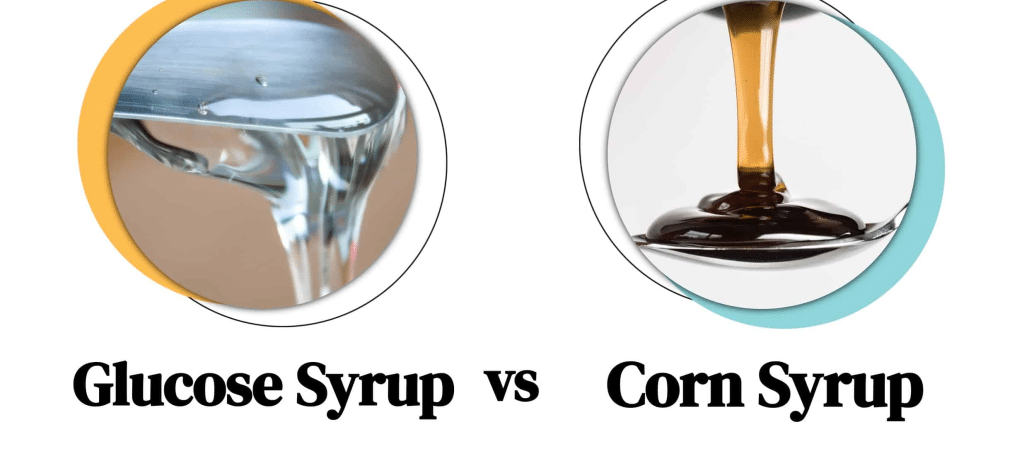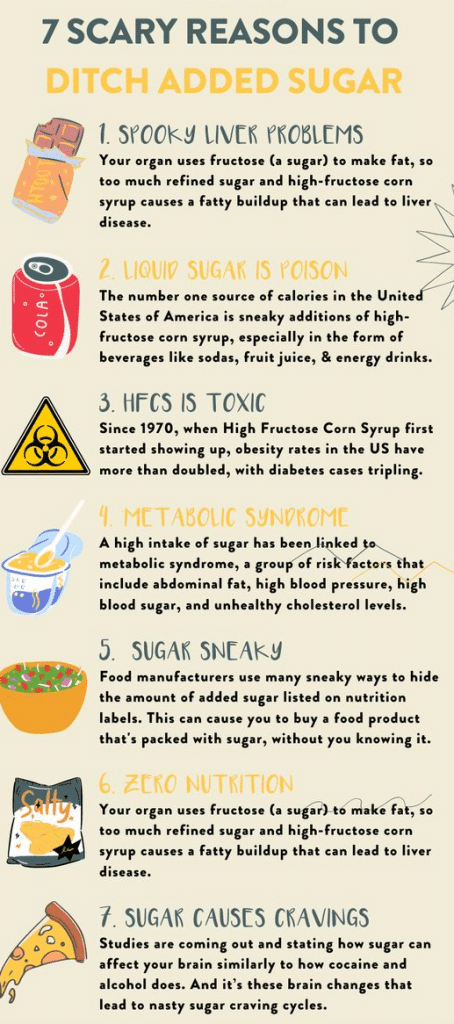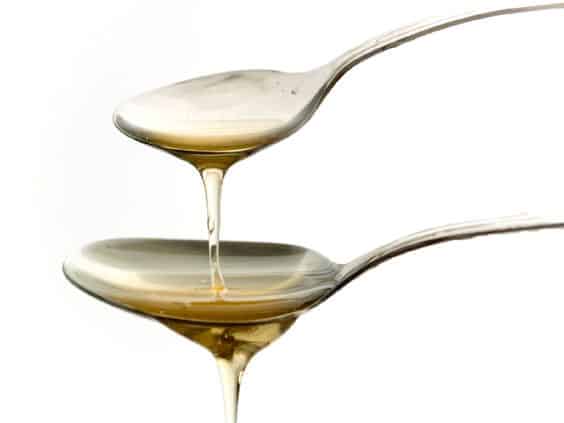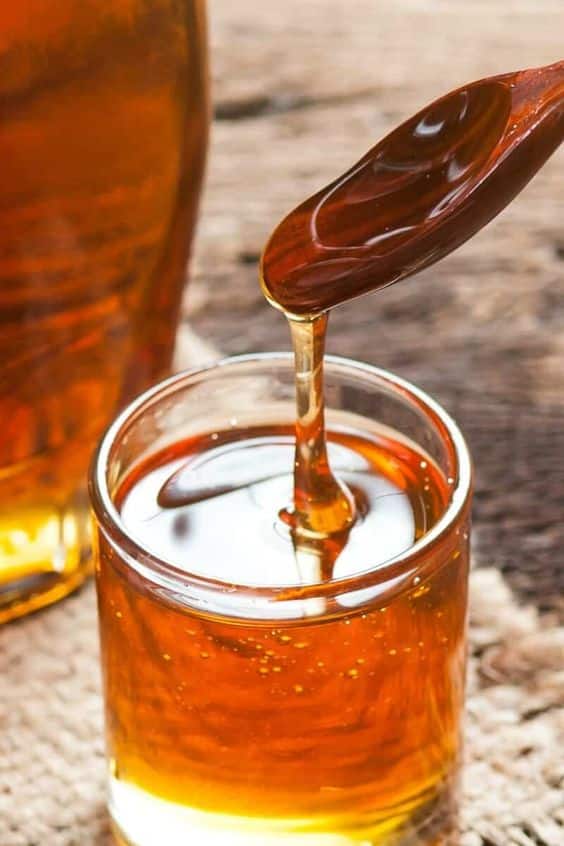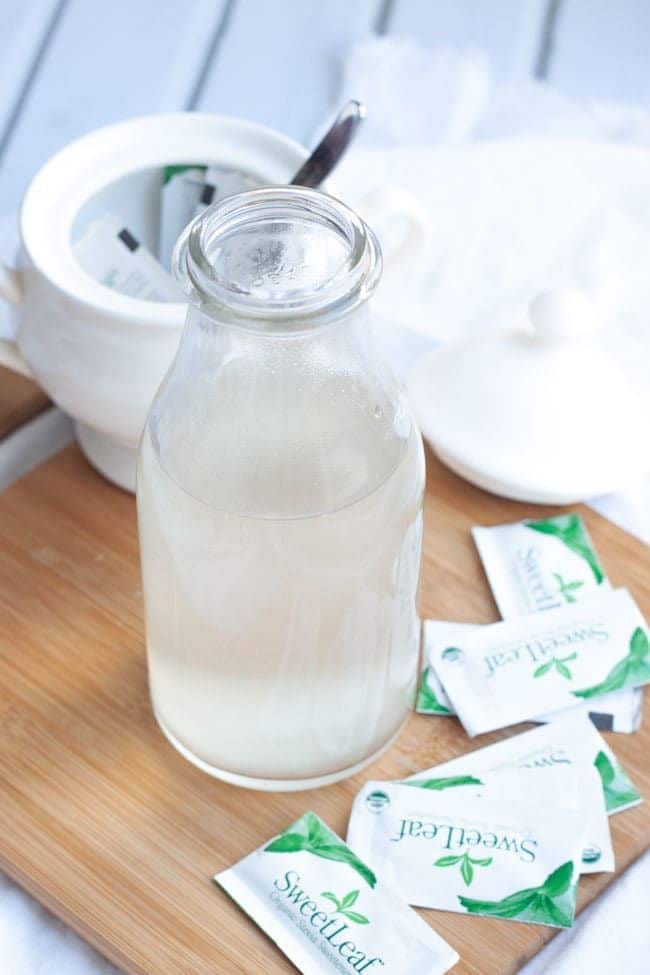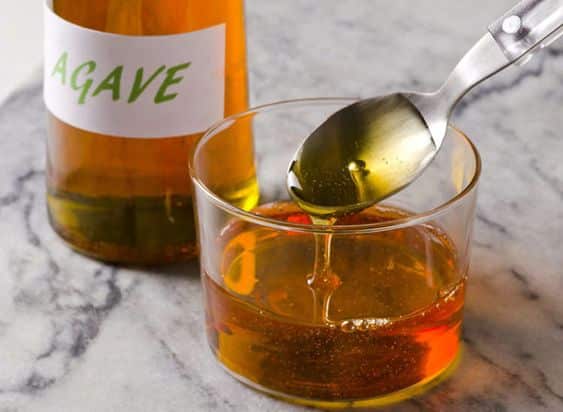Two liquid sweeteners frequently confusedly used interchangeably in the food sector are glucose syrup and corn syrup. These sweeteners, fundamental elements of the culinary world, add flavor and sweetness to various food and beverage products.
Despite having similar names and comparable properties, glucose and corn syrup are not interchangeable. Instead, they each have unique compositions and culinary uses. It is essential to comprehend the distinction between these two sweeteners to make educated decisions about food preparation and consider their potential health effects.
This article will examine the properties, production methods, and applications of glucose syrup and corn syrup. To arm readers with knowledge and comprehension about glucose and corn syrup, we shall explore their key characteristics, from their many applications in baking and confectionery to their various health concerns.
What is Glucose Syrup?
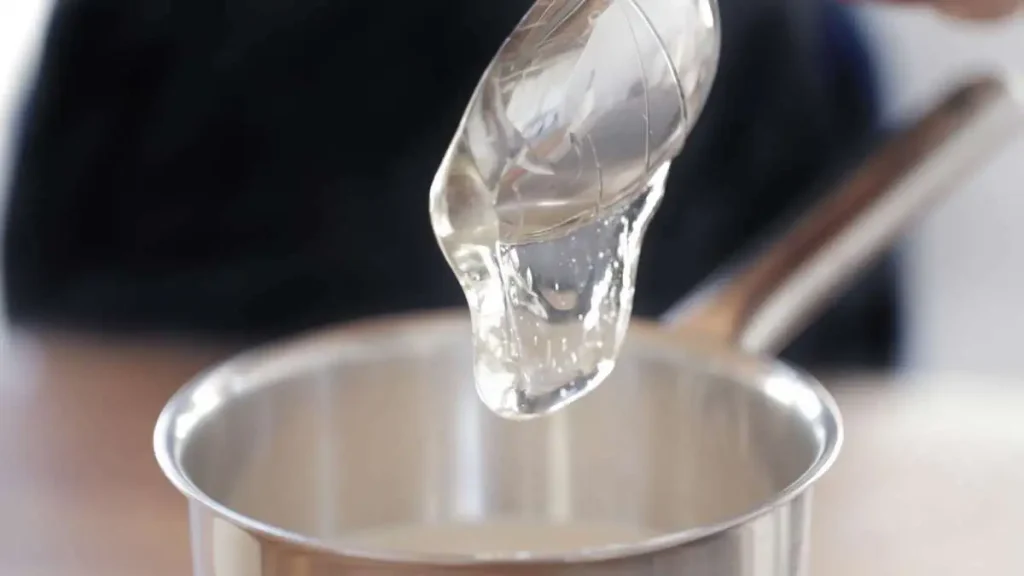
Glucose syrup is a clear, viscous liquid sweetness that is frequently used in the food business. It is sometimes called confectioner’s glucose or corn syrup in some places. It is mostly produced through the hydrolysis of starch, typically sourced from wheat or maize. Hydrolysis converts complex starch molecules into shorter sugar molecules, typically glucose molecules. Because of this, glucose syrup is a pure and functional sweetener due to its high glucose concentration.
What is Corn Syrup?
As its name suggests, corn syrup is a variety of glucose syrup created from maize starch. It is a widely used liquid sweetener that is primarily made of glucose molecules, which are produced when corn starch is hydrolyzed. Although glucose syrups can be made from other starch sources, such as wheat or potatoes, it is important to remember that not all glucose syrups are necessarily made from corn.
Manufacturing Process of Glucose and Corn Syrup
Starch hydrolysis is the first step in the production of glucose syrup and corn syrup. The starch for corn syrup comes from various plant-based sources, with maize starch serving as the main ingredient. Both enzymatic and acid hydrolysis can carry out the hydrolysis process. Enzymes are introduced to the starch during enzymatic hydrolysis to break down the lengthy chains into shorter sugar chains primarily made of glucose molecules. While using acids, acid hydrolysis accomplishes a comparable breakdown of starch into glucose molecules. These procedures produce a liquid syrup with a high concentration of glucose, which can then be further processed or modified to meet particular needs.
Composition and Sweetness of Glucose and Corn Syrup
Both glucose and corn syrup are monosaccharides sugars since most of their molecules are glucose. However, depending on the type of starch used in their creation, there are slight variations in their taste and composition.
Glucose Syrup
Most sugar molecules in glucose syrup are glucose molecules, with little to no additional sugars present. Because of its purity, it is pretty sweet, and its flavor is primarily sweet without any other noticeable flavor elements.
Corn Syrup
A specific variety of glucose syrup manufactured only from maize starch is known as corn syrup. Although it mainly consists of glucose molecules, it may also contain trace amounts of higher sugars, including maltose. These added sugars may contribute to a somewhat different flavor profile and sweetness level than pure glucose syrup.
Starch goes through hydrolysis to produce two liquid sweeteners, glucose and corn syrup. While corn syrup mainly refers to glucose syrup generated from corn starch, glucose syrup is a more general term encompassing syrups derived from other starch sources. They are valuable ingredients in the culinary world due to their distinctive compositions and minor sweetness variation, each of which contributes unique qualities to various food and beverage preparations.
Uses and Applications of Glucose & Corn Syrup
Let’s have a look at the uses and applications of both syrups:
Glucose Syrup
- For Baking – Glucose syrup is crucial to confections and baked goods. It keeps sugar from crystallizing, improves moisture retention, and provides baked goods like cookies, cakes, and candies with a glossy appearance.
- In Desserts – Glucose syrup makes desserts like ice cream, sorbet, and frozen desserts to improve texture and reduce crystal formation.
- In Beverages – In the production of beverages, it is employed as a thickening and sweetening additive to give some drinks a thick body.
- In Food Industry – Due to its valuable qualities, glucose syrup produces processed foods, sauces, and dressings.
Corn Syrup
- Confectionery Shops – Corn syrup is used in confectionery shops to make candies, caramels, and fondants. It is essential for preventing sugar crystallization.
- In Sweet Sauces – Corn syrup is a common component to improve the consistency and sweetness of sweet sauces like caramel and chocolate sauce.
- In Beverages – It produces beverages as a thickener and sweetener in soft drinks, sports drinks, and sweetened beverages.
- In Food Industry – Corn syrup provides sweetness and preserves moisture in various processed foods, including baked products, morning cereals, and canned fruits.
Health Consequences from Glucose and Corn Syrups
Both corn and glucose syrup are glycemic sweeteners with high carbohydrate counts. These syrups and other high-sugar meals should not be consumed in excess as they can cause blood sugar spikes, which can harm your health, especially if you have diabetes or insulin resistance.
No matter where they come from, additional sugars must be avoided. Consuming sweetened foods and beverages in excess might raise the chance of developing chronic diseases like obesity, type 2 diabetes, cardiovascular problems, weight gain, and tooth decay.
There are misunderstandings that glucose and corn syrup can cause consumers to get perplexed. Some individuals wrongly think that corn syrup is healthier than glucose syrup, but the truth is that both are high-carb sweeteners and have an identical impact on blood sugar levels.
Not just this, some people also say that corn syrup with high fructose corn syrup (HFCS) is an artificial sweetener that varies the ratios of glucose and fructose. In contrast to corn syrup, HFCS has been under more intense investigation due to worries about potential health consequences from consuming large amounts of it.
Alternatives of Both Glucose and Corn Syrups
In addition to corn syrup and glucose syrup, several other sweeteners are on the market. Each option has a unique composition, culinary applications, and sweetness level.
Some of the primary alternatives are as follows –
1. High Fructose Corn Syrup (HFCS)
HFCS is a sweetener created by converting a small portion of the glucose in corn syrup to fructose, which makes a mixture of glucose and fructose. Due to its accessibility, capacity to improve sweetness and texture, and low cost, it is frequently used in food and beverage industries.
2. Honey
Bees use blossom nectar to make honey, a natural sweetener. It includes carbohydrates like glucose, fructose, and minute quantities of antioxidants, vitamins, and minerals. Honey is a well-liked substitute for artificial sweeteners due to its distinctive flavor and potential health advantages.
3. Maple Syrup
Maple syrup is made from the sap of maple trees and is a natural sweetener. It mainly consists of sucrose, with trace amounts of fructose and glucose. It is a sought-after sweetener in many recipes because of its distinctive flavor profile and connection to breakfast foods.
4. Stevia
Made from the stevia rebaudiana plant leaves, Stevia is a plant-based sweetener. It is prized highly for its extreme sweetness and extremely low-calorie content. Stevia is frequently used in beverages, baked products, and other dishes instead of sugar.
5. Agave Nectar
Agave nectar primarily consists of fructose and is made from the agave plant. It is frequently employed as a neutral sweetener in foods and beverages, and it is especially well-liked by people looking for alternatives to refined sugars.
Substitute Both Glucose and Corn Syrups in Recipes
Changing the result is necessary to sustain glucose and corn syrup in recipes. However, specific changes can be required due to their sweetness, composition, and texture nuances. Take into account the following advice while exchanging one for the other.
- When you use corn syrup instead of glucose syrup – The sweetness level of corn syrup may vary since it may also include other sugars besides glucose. Change the quantity to get the right amount of sweetness for the recipe.
- Using glucose syrup instead of corn syrup may be a little less sweet than corn syrup because it’s purer and includes glucose molecules. Adjust the amount as necessary to keep the recipes’ ideal level of sweetness.
Additional Tips for Choosing the Right Sweetener
1. Always Read the Instructions
Always study the labels and contents list when you purchase the sweetener, whether it be glucose syrup, corn syrup, or alternate choices. Always watch out for some products’ extra sugars, artificial sweeteners, and preservatives. Choose goods with little additives and natural components.
2. Try & Experiment with Ratios
Consider experimenting with different ratios to attain the ideal sweetness and texture when switching one sweetener for another in a recipe. Changes could be needed to obtain the perfect balance in your recipes because certain sweets are sweeter than others.
3. Do Not Forget the Glycemic Index
The glycemic index of sweeteners may be helpful to people who are worried about their blood sugar levels. The glycemic index determines how quickly a food increases blood sugar levels. As blood sugar rises gradually and slowly, sweets with lower GI values are generally preferred.
4. Go for Natural Sweeteners
Although they may have health advantages, natural sweeteners like honey, maple syrup, and agave nectar include calories and sugar. Use these sweeteners sparingly, and always watch your portion sizes to prevent consuming too many calories.
5. Be Aware of Allergies
Some people may experience allergic reactions to certain sweets, such as honey. Be mindful of allergies or sensitivities when choosing sweeteners for others or yourself.
6. Try to Avoid Processed Sweeteners
Aim to choose a few processed sweeteners and keep as much of their natural goodness as possible. Avoid overly processed sweeteners. Avoid highly refined sweets since they could be deficient in vital elements and increase the consumption of empty calories.
7. Mix Sweeteners for Flavor Complexity
Think about combining several sweeteners to create distinctive flavor combinations. For instance, mixing honey with maple syrup gives some foods and desserts more taste and richness.
8. Always Think of Culinary Application
Depending on the application, different sweeteners might perform better. For example, some sweeteners may be more appropriate for beverages or salads, while others may be more suited for baking. Making the best decision for each dish will be aided by understanding their unique characteristics.
9. Consult Healthcare Professionals
Consult with medical experts like dietitians or nutritionists if you have specific requirements in diet or health issues relating to sweeteners. Based on your unique profile, they can provide recommendations and guidance that are tailored just for you.
10. Support Sustainable Operations
Choose sweeteners from sustainable sources whenever possible and promote ethical business operations. It can involve selecting organic products or sweeteners made using environmentally sustainable practices.
Conclusion
All in all, you can choose and use sweeteners in a way that is more in line with your dietary preferences and health goals by adopting these additional guidelines. Remember that a balanced and healthy diet requires a focus on moderation, variety, and mindful eating.
To sum up, each type of sweetener – glucose syrup, corn syrup, and substitutes play a distinct role in the culinary world. While glucose syrup and corn syrup are similar, they differ in composition and use, with glucose syrup covering a more comprehensive range of products made from different starch sources. Both syrups are widely used in baking, confectionery, and beverages, giving a variety of goods favorable qualities.
However, it’s crucial to understand that consuming sweeteners, regardless of their source, should be done with moderation and careful thought. So always pick minimally processed sweeteners whenever feasible to preserve their natural goodness and be aware of any allergies or sensitivities.
Frequently Asked Questions
Are Corn Syrup and Glucose Syrup the Same Things?
Despite so many similarities, glucose syrup explicitly refers to a glucose syrup derived solely from maize starch; glucose syrup is a larger category encompassing syrups made from many sources of starch.
Are HFCS and Glucose Syrup Interchangeable Terms?
No high fructose corn syrup (HFCS) and glucose syrup are separate sweeteners. HFCS, produced by further processing corn syrup, is a mixture of glucose and fructose molecules, as opposed to glucose syrup, which mainly includes glucose molecules.
Can we Substitute Corn Syrup for Glucose Syrup in Recipes?
Without changing the result, glucose and corn syrup can frequently be submitted in recipes. However, specific changes can be required due to their nuances in composition and sweetness.
Corn and Glucose Syrup, Which One is Better?
Alternative sweeteners like honey and maple syrup can be good for your health because they contain trace nutrients and possibly antioxidants. However, All sweeteners should be used in less quantity because consuming too much-added sugar can harm one’s health.
Does Corn Syrup or Glucose Syrup Cause Blood Sugar Levels to Rise?
Yes, glucose syrup and corn syrup both have a high glycemic index (GI) and have the potential to induce a rapid spike in blood sugar levels. People with diabetes or those worried about their blood sugar levels should exercise caution and limit their intake of sweeteners.

